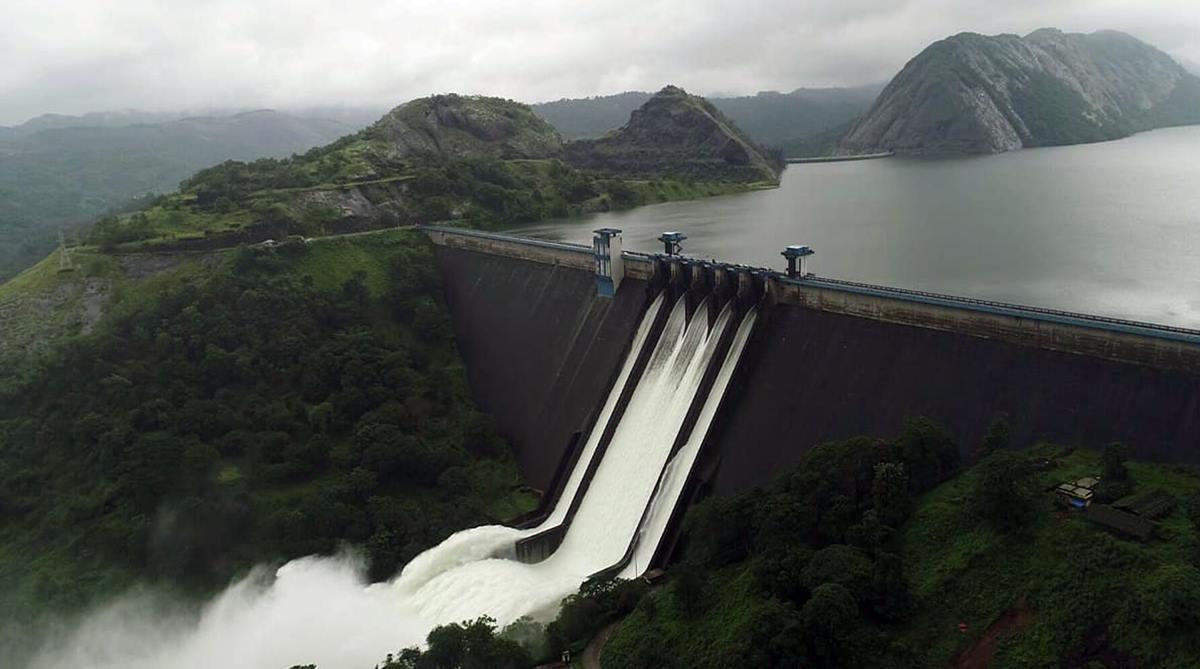Even without any rain in the last three days inflow of thousands of acre-feet of water to the upper dam reservoirs continues. Senior water commission officials suspect certain ‘hidden’ feeders responsible for the flow of water to the dams.
Rains in the upper dam catchment areas have completely stopped since Wednesday afternoon, but the Maithon reservoir recorded increasing water inflow from 811 acre-feet to 25,724 acre-feet. The figures in Panchet ranged between 3,048 acre-feet to 50,669 acre-feet. The outflow, accordingly, had to be scaled up from 811 acre-feet to 21,856 and 19,400 acre-feet in Maithon and from 4,159 acre-feet to 80,040 acre-feet in Panchet in the last three days.
Advertisement
“We are really surprised to note the altering and even accelerating degrees in continued inflow in both the dams,” said Shashi Rakesh, member secretary, Damodar Valley River Regulation Committee. He added, “We suspect some never diagnosed hidden small tributaries responsible for this. We’ve taken note of this bizarre issue and have suggested the hydrology survey experts of the Damodar Valley Corporation should hold an inspection on this.”
In November, 2020, during the Durgapur Barrage’s lock-gate disaster that had forced the state irrigation authorities to go for absolute evacuation of the barrage pond, an unknown rivulet Khadia was identified as ‘culprit’ for uninterrupted feeding to the dried up pond, when the upper dams had halted discharge for restoration work of the damaged lock-gates. Despite the halt, water flow was measured 1,236 cusecs near the affected lock-gate, said executive engineer Sanjoy Majumdar of Damodar Headworks.
Damodar originates from Khamarpat Hill on the Chota Nagpur plateau and travels 592 km across Jharkhand and West Bengal. Its key tributaries are Barakar, Konar and a few smaller feeder channels like Khadia, Guaia, Ghari and Bhera.









